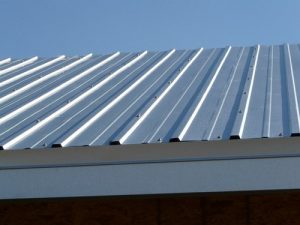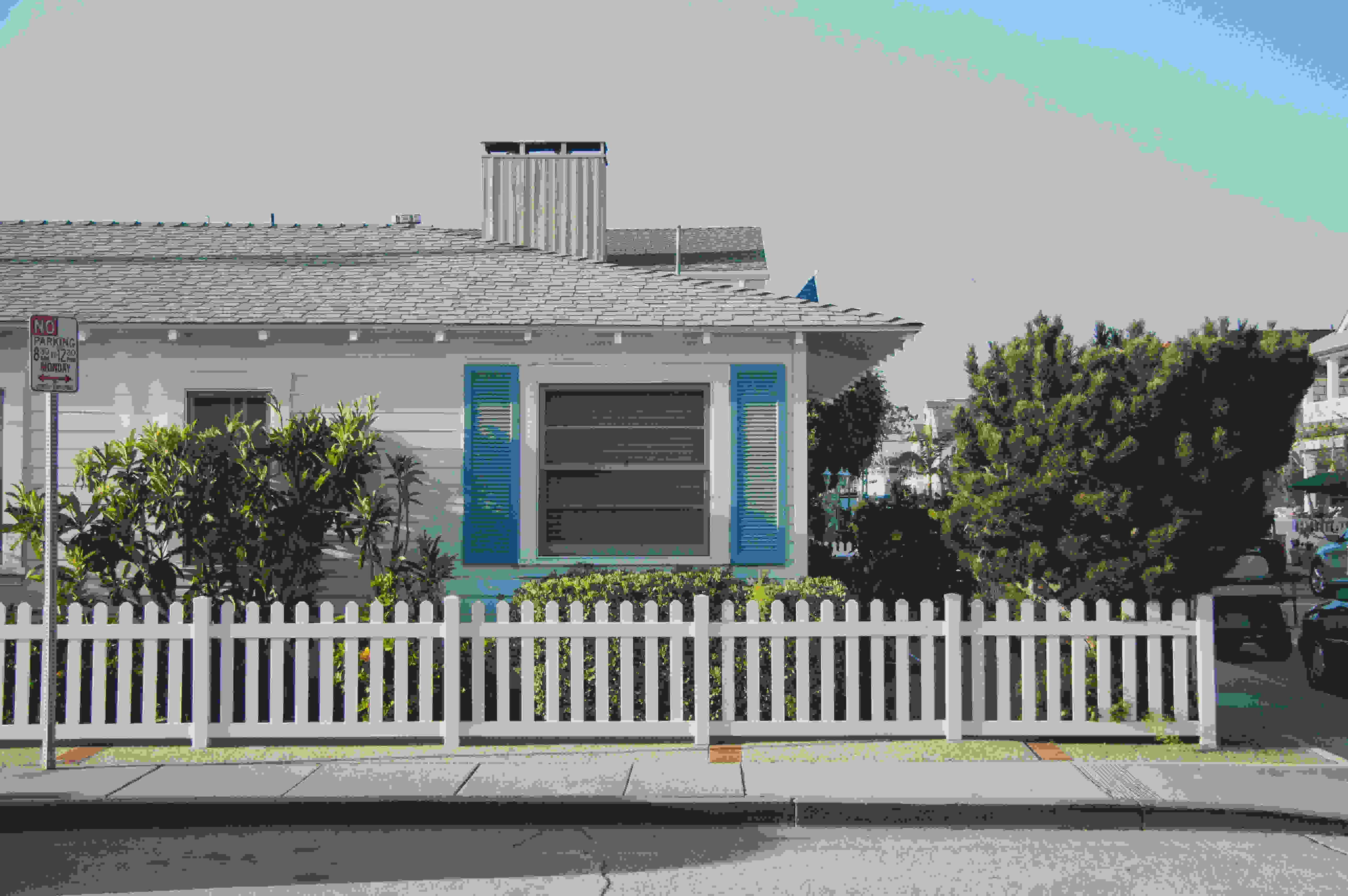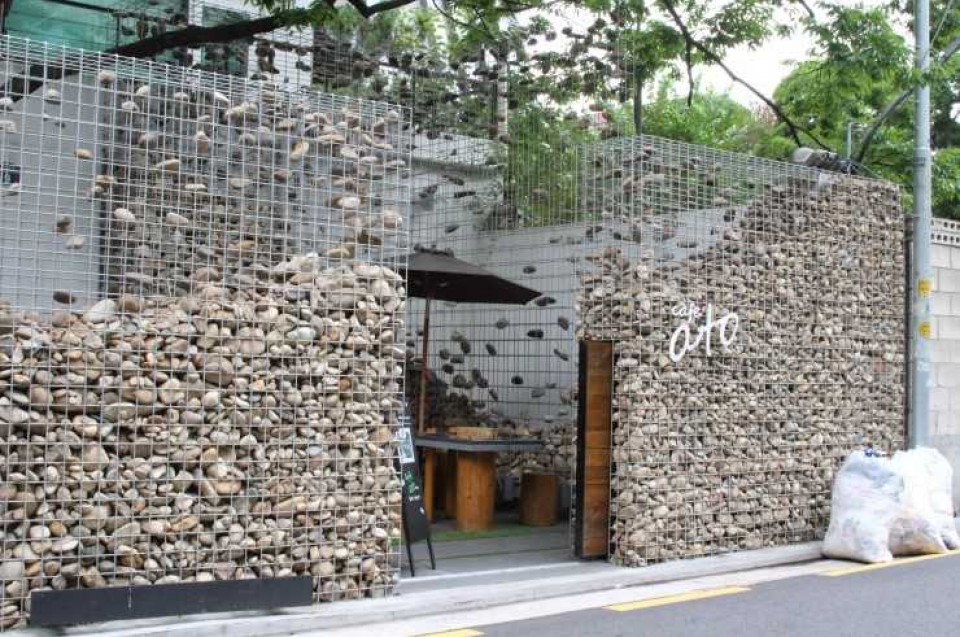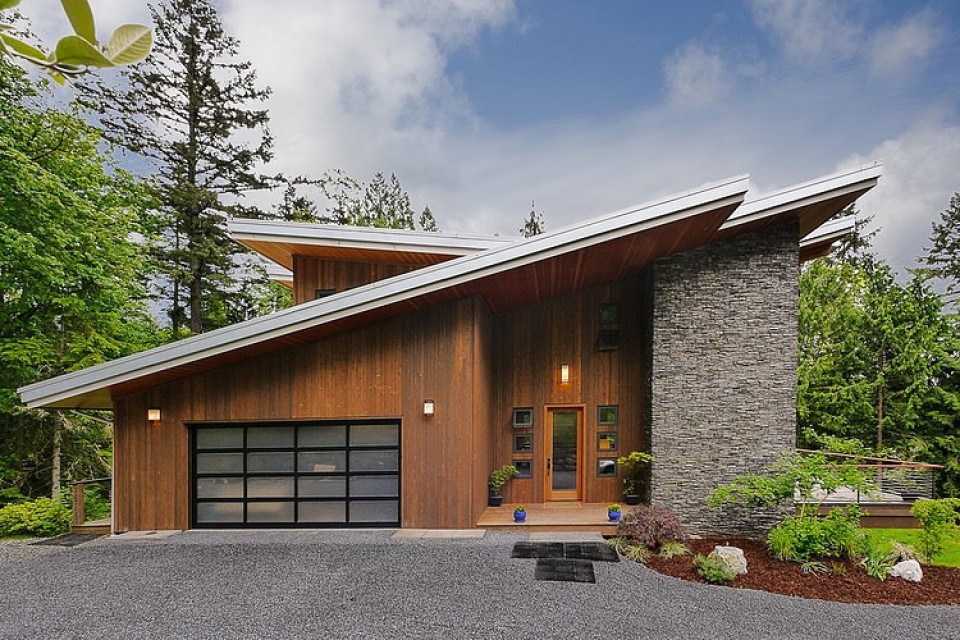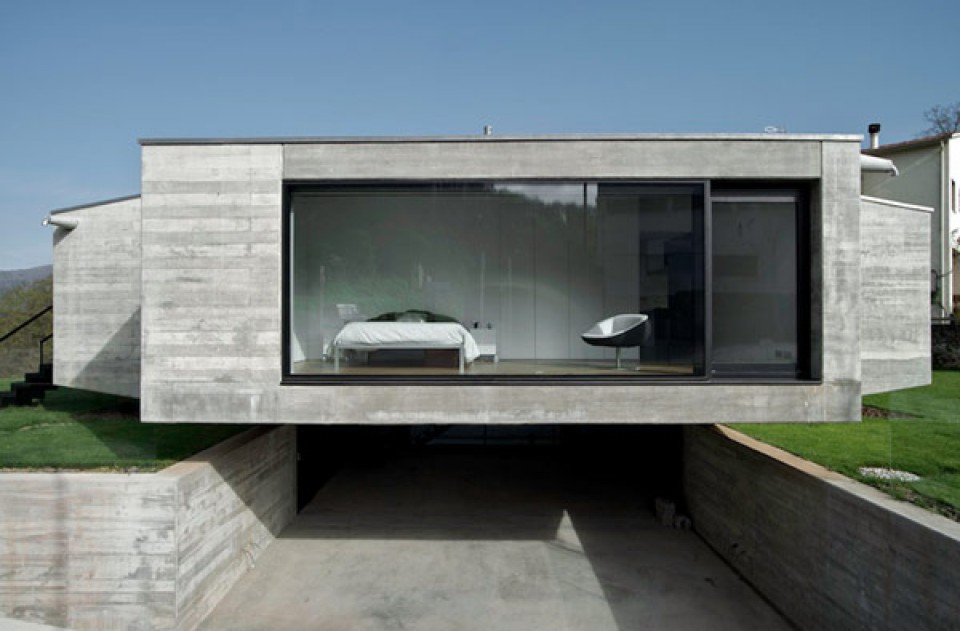Smart Tips for Choosing Roof Materials: Create a Comfortable and Long-Lasting Dream Home
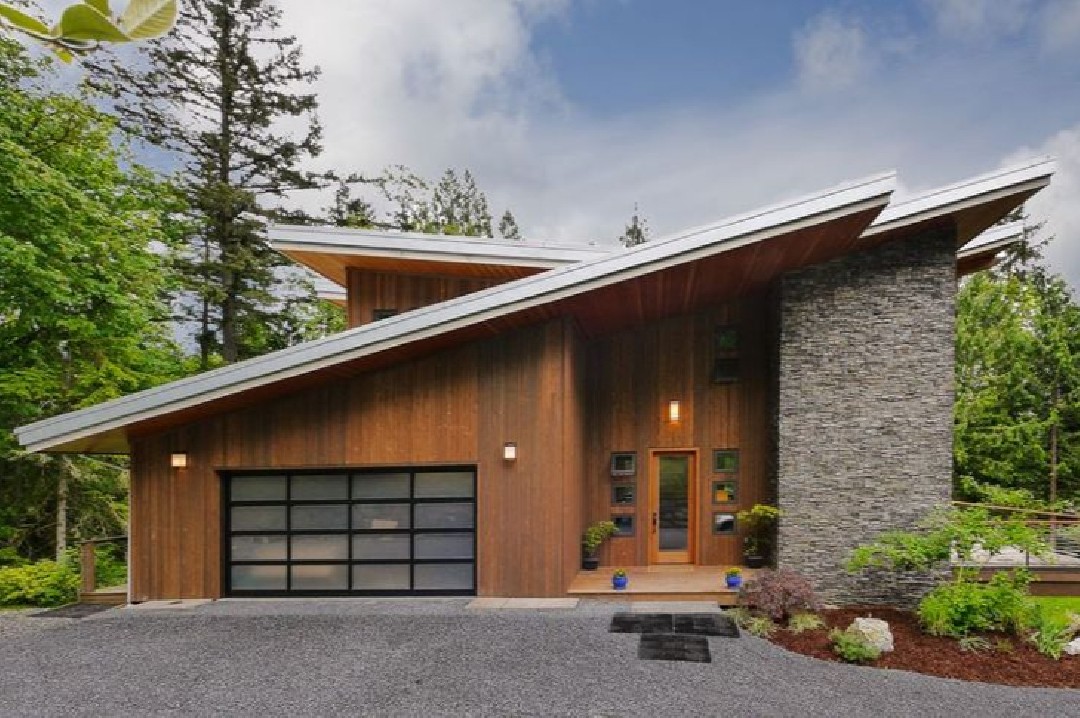
1. Reinforced Concrete:
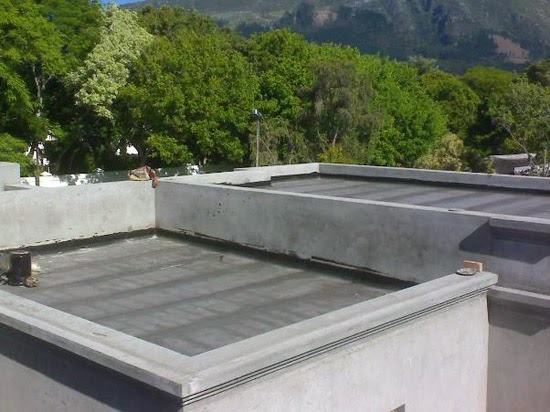
Description: Reinforced concrete is a strong and durable roofing material. Made from a concrete mixture reinforced with steel reinforcement.
Excess:
- Strength: Reinforced concrete has very high strength, making it resistant to heavy loads and external pressure.
- Durable: This material has a long service life and requires little maintenance.
- Fire Resistance: Reinforced concrete has good resistance to fire, making it a safe choice for fire safety.
Weakness:
- Weight: Reinforced concrete has significant weight, requiring a strong supporting structure.
- Cost: The initial cost of installing reinforced concrete is usually higher than some other roofing materials.
- Limited Color Settings: Limited color options compared to other roofing materials such as tile or steel.
2. Steel:
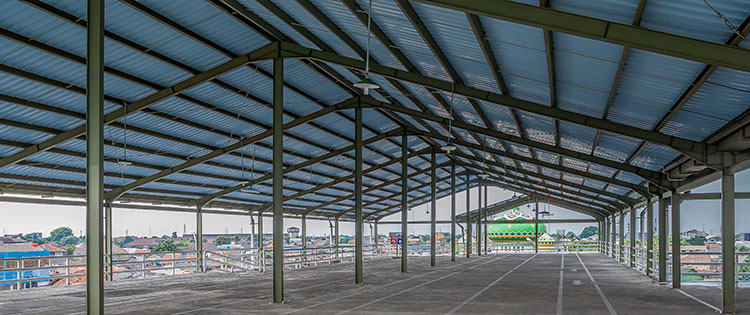
Description: Steel is a lightweight, corrosion-resistant roofing material and is available in a variety of shapes and styles.
Excess:
- Lightweight: Steel is one of the lightest roofing materials, making it easy to install and reducing the load on the building structure.
- Rust Resistant: Steel has good resistance to corrosion, making it suitable for humid environments or coastal areas.
- Design Flexibility: Steel is available in a variety of colors, styles, and textures, making it possible to create an appearance to suit any aesthetic preference.
Weakness:
- Repainting: The color of steel may fade over time, requiring repainting to maintain its appearance.
- Cost: Although steel has lower installation costs than some other materials, long-term maintenance costs may be higher.
3. Ceramic Tile:
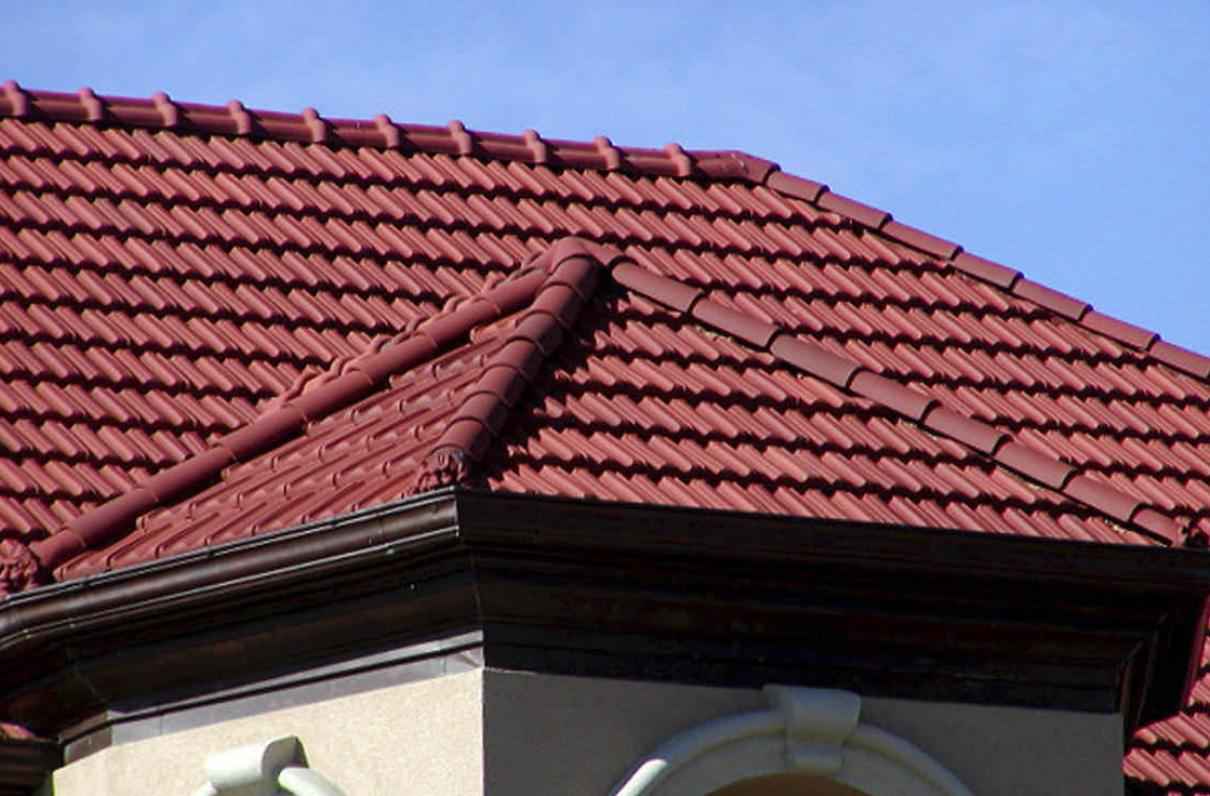
Description: Ceramic tiles are one of the most popular roofing materials because of their attractive appearance and good resistance to weather.
Excess:
- Aesthetics: Ceramic roof tiles have a beautiful appearance and are available in a variety of colors, shapes, and textures, giving the home a classic and elegant look.
- Durable: Ceramic roof tiles are generally resistant to external weather, including rain, wind, and UV rays.
- Fire Resistance: Ceramic roof tiles have good fire resistance, making them a safe choice for environments with a high risk of fire.
Weakness:
- Weight: Ceramic roof tiles are significant in weight, requiring a strong support structure.
- Cost: Installation and maintenance costs for ceramic tiles tend to be higher than for some other roofing materials.
4. Wood:
Description: Wood is a roofing material that provides a warm, natural and traditional look.
Excess:
- Aesthetics: Wood provides a beautiful and natural appearance, suitable for buildings with a more traditional or rustic style.
- Thermal Insulation: Wood has good insulating properties, helping to maintain the temperature in buildings.
- Design Flexibility: Lumber can be cut and shaped to suit design requirements, allowing for creativity in roof design.
Weakness:
- Care: Wood requires additional care to protect it from weather damage and pest attacks.
- Susceptibility to Fire: Wood tends to be more susceptible to fire than some other roofing materials, although protective measures can be taken.
5. Zinc
Description: Zinc is a lightweight, rust-resistant and weather-resistant roofing material.
Excess:
- Lightweight: Zinc is one of the lightest roofing materials, reducing the load on the building structure.
- Durable: Zinc has good resistance to external corrosion and weathering, making it resistant to rain, snow and wind.
- Cost Effective: Zinc is often a more affordable option in terms of installation and maintenance costs.
Weakness:
- Color Hardening: Zinc tends to discolor over time, requiring additional maintenance to maintain its appearance.
- Rain Noise: Tin roofs can be noisy when it rains, which may be a problem for some people.
Conclusion:
Choosing the right roof material is an important step in designing or renovating a building. Each material has advantages and disadvantages that need to be considered carefully

